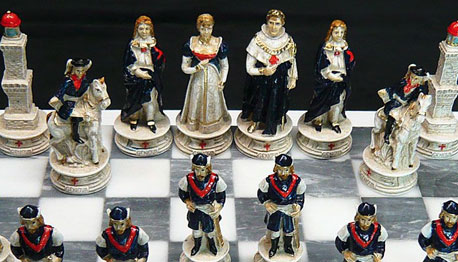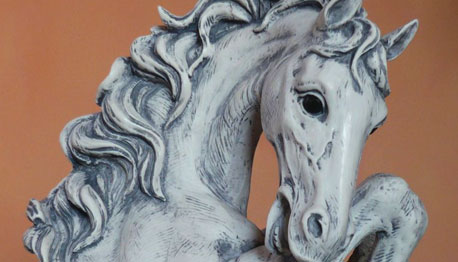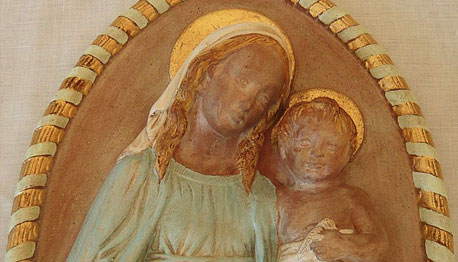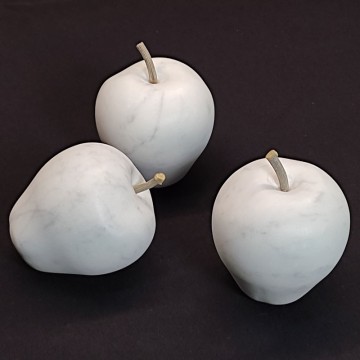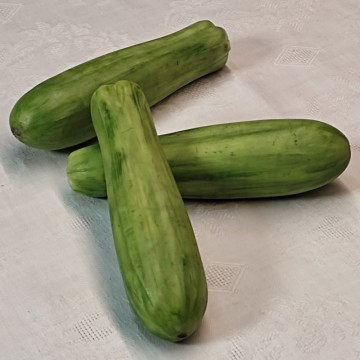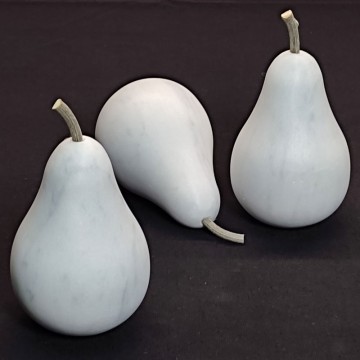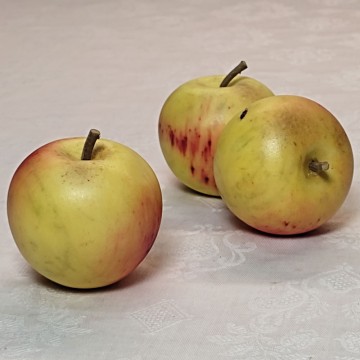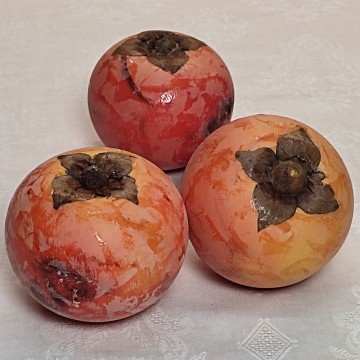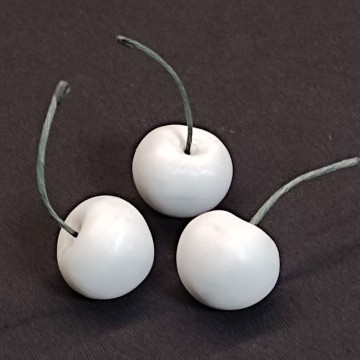The lemon is the fruit of an evergreen belonging to the Rutaceae family, Citrus limon. The common name lemon can refer to both the plant and its fruit. According to genetic studies, the lemon is a hybrid and derives from a cross between the bitter orange and the citron.
Lemon fruits are oval in shape and the skin can take on hues ranging from green to yellow. Lemons are produced continuously throughout the year.
On the basis of certain research criteria (climate, pests and historical findings), scholars have traced the first areas of origin and spread of lemons to the territories between southern China and the valleys of south-eastern India (home of most citrus fruits). The historical period of manuscripts and paintings mentioning and depicting lemons goes back as far as 2500 years before the birth of Christ. Through successive commercial development, first with the Middle East and then with Greece, Europe and America, lemons have reached every corner of the temperate climate belt. In Italy, lemons arrived around the 1st century A.D. (thanks to Roman trade), but the first cultivations only date back to the 11th century A.D.
In Italy, the areas of major lemon cultivation are Sicily, Calabria and Campania. Excellent productions of this fruit are also to be found in Liguria and the Lake Garda basin.
.
At the foot of the Apuan Alps, Carrara is unique in the world for its marble quarries. The “white gold of the Apuan Alps”: this is how the marble of Carrara is defined, a precious stone with which important works have been realised and that has made this town, for centuries devoted to its extraction and processing, great.
One of the first people to venture into marble quarrying were the Romans who, by inserting beams of fig wood inside natural fissures in the rock, filled these with water until they were completely impregnated and caused the rock to split. This extraction technique remained unchanged, if not with minor variations, until the Renaissance when Michelangelo began to frequent the Carrara area to directly choose the raw material for his works: it was from Carrara, transported along the Arno, that the block from which the Maestro sculpted the famous David came.
Marble thus became an important raw material for the construction, furnishing and decoration of public buildings and patrician residences.
Even today, skilful artists and craftsmen still work this material with mastery, creating stupendous works of art and decorative objects that become true furnishing accessories.





